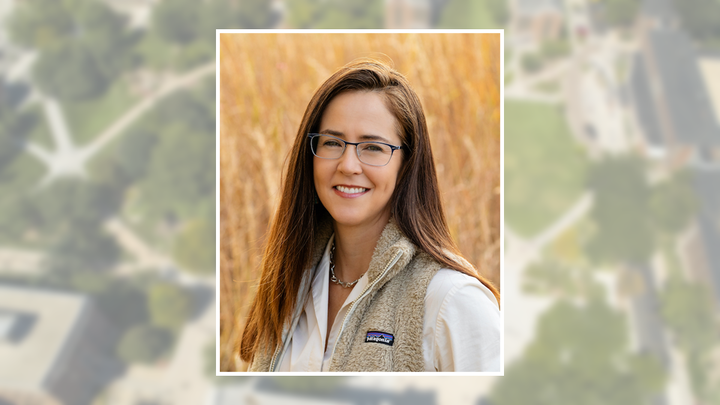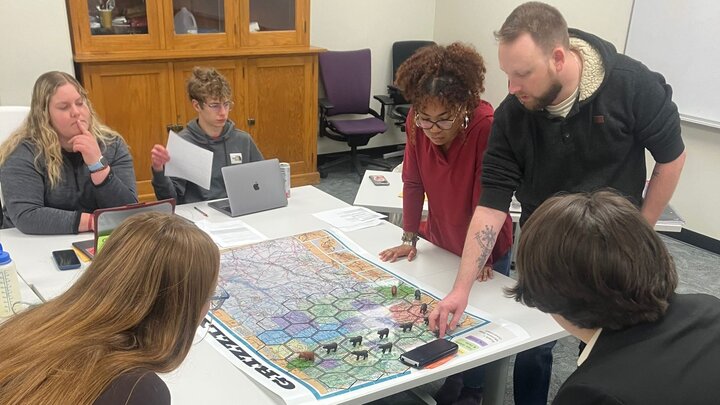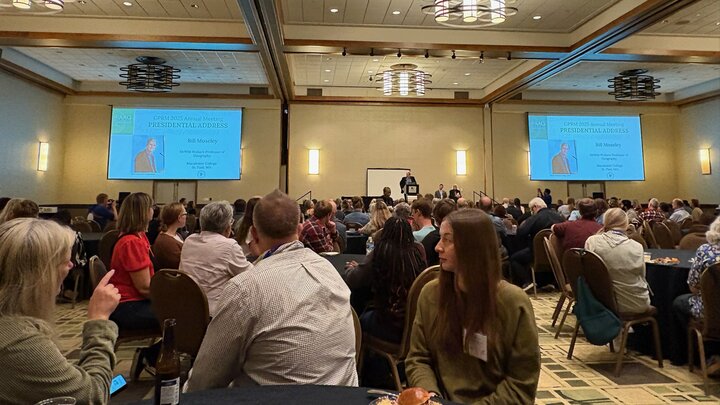The School of Global Integrative Studies has received a grant from the Mellon Foundation to be directed by Carrie Heitman, associate professor of anthropology. The funding will support documenting the reconnection of Zuni and Hopi peoples with artifacts described in archeological databases and housed in national museums.
The research team will reconnect members from the Pueblo of Zuni and Hopi Tribe communities with ancestral collections housed in national museums. Items taken from a site on Zuni lands, known archaeologically as the Village of the Great Kivas, are at the Smithsonian's National Museum of Natural History (NMNH) in Washington, D.C. Hopi pottery and ancestral, archaeological ceramics are at the American Museum of Natural History (AMNH) in New York City.
After the museum visits, films featuring stories of cultural connection will be produced, beginning with a week of recording within each community: The Pueblo of Zuni to visit the Village of the Great Kivas site and interview Zuni Cultural Resources Advisory Team (ZCRAT) members and Zuni artists, and the Hopi Mesas to interview the artists in their studios and record stages of traditional Hopi ceramic production.
At least four films will be developed, including one directed towards a Zuni audience in the Zuni language, one directed towards a Hopi audience in the Hopi language, and two (one Zuni-focused and one Hopi-focused) primarily in English for the general public.
Heitman is principal investigator, leading a team that includes Karen Charley, Gwyneira Isaac, Lea McChesney, W.N. Martin, Curtis Quam, Octavius Seowtewa, Ruth Van Dyke, the Hopi Cultural Preservation Office, the Zuni Cultural Resource Advisory Team, the National Museum of Natural History, the American Museum of Natural History, and Skyship Films.
She is an associate director and faculty fellow for the Center for Digital Research in the Humanities. Much of her research is connected to ancient lands where many Indigenous ancestors lived and thrived. Within the last few years, she has constructed a digital archive of Pueblo artifacts, mapped Indigenous architecture and ancient roads with GPS and lidar technology, and served as director and co-principal investigator of the Chaco Research Archive digital humanities project.




